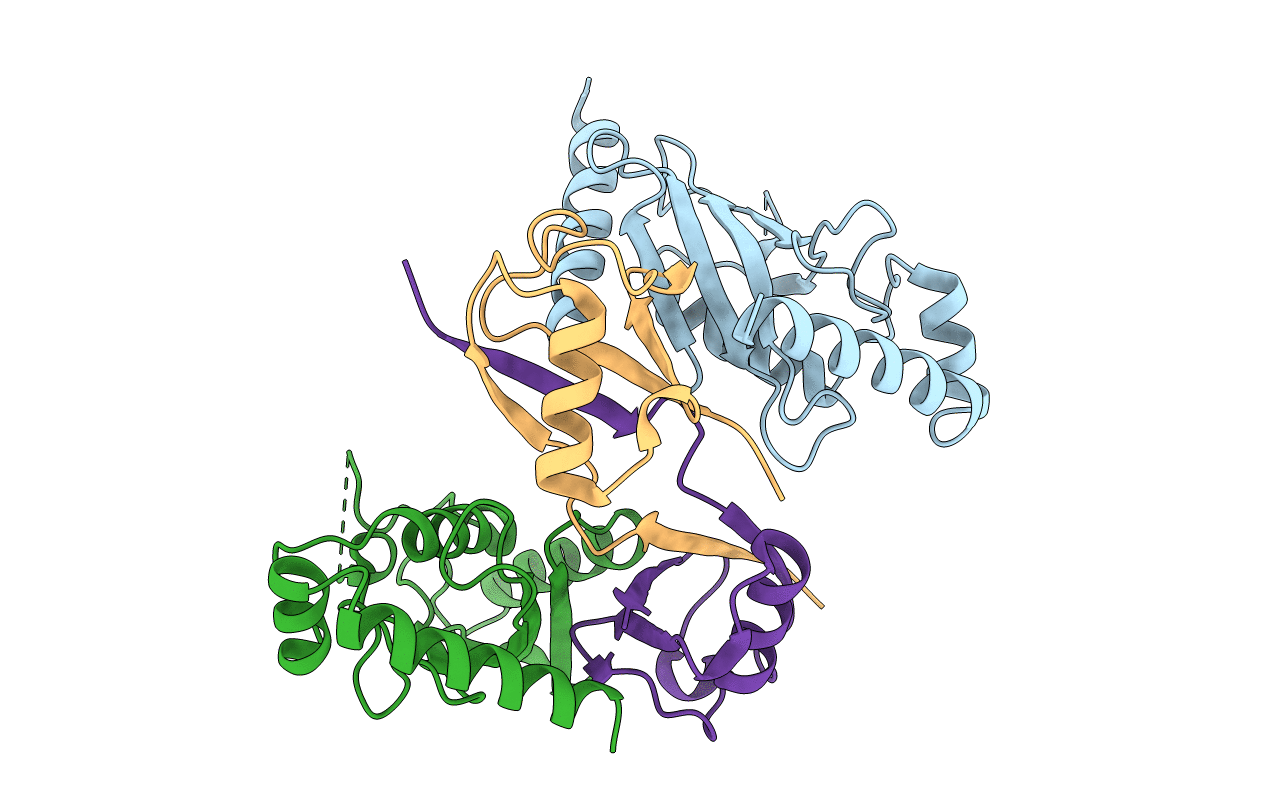
Deposition Date
2018-04-20
Release Date
2019-07-17
Last Version Date
2024-11-06
Method Details:
Experimental Method:
Resolution:
2.36 Å
R-Value Free:
0.25
R-Value Work:
0.21
R-Value Observed:
0.21
Space Group:
P 32 2 1


